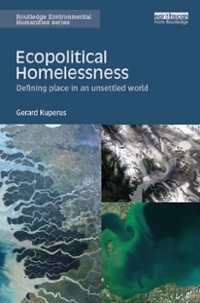When a country has a comparative advantage in the production of a good, it means that it can produce this good at a lower opportunity cost than its trading partner. Then the country will specialize in the production of this good and trade it for other goods.
The following graphs show the production possibilities frontiers (PPFs) for Freedonia and Desonia. Both countries produce lemons and tea, each initially (i.e., before specialization and trade) producing 18 million pounds of lemons and 9 million pounds of tea, as indicated by the grey stars marked with the letter A.
True or False: Without engaging in international trade, Freedonia and Desonia would have been able to consume at the after-trade consumption bundles. (Hint: Base this question on the answers you previously entered on this page.)
True
False
(? Freedonia Desonia 48 42 42 36 PPF 36 30 30 24 TEA (Millions of pounds) 24 TEA (Millions of pounds) 18 18 PPF 12 12 6 O O 30 36 42 48 O 6 12 18 24 30 36 42 48 6 12 18 24 LEMONS (Millions of pounds) LEMONS (Millions of pounds) Freedonia has a comparative advantage in the production of , while Desonia has a comparative advantage in the . Suppose that Freedonia and Desonia specialize in the production of the goods in which each has a production of million pounds of lemons and million pounds of comparative advantage. After specialization, the two countries can produce a total of tea.Freedonia has a comparative advantage in the production of v , while Desonia has a comparative advantage in the production of V . Suppose that Freedonia and Desonia specialize in the production of the goods in which each has a comparative advantage. After specialization, the two countries can produce a total of million pounds of lemons and million pounds of tea . Suppose that Freedonia and Desonia agree to trade. Each country focuses its resources on producing only the good in which it has a comparative advantage. The countries decide to exchange 12 million pounds of lemons for 12 million pounds of tea. This ratio of goods is known as the price of trade between Freedonia and Desonia. The following graph shows the same PPF for Freedonia as before, as well as its initial consumption at point A. Place a black paint (plus symbol) on the graph to indicate Freedonia's consumption after trade. Note: Dashed drop lines will automatically extend to both axes. Freedonia 48 42 Consumption After Trade 36 30 24 1s PPF TEA (Millions of pounds) 12 0 s 12 1e 24 30 36 42 4e LEMONS (Millions of pounds) The following graph shows the same PPF for Desonia as before, as well as its initial consumption at point A. As you did for Freedonia, place a black paint (plus symbol) on the following graph to indicate Desonia's consumption after trade. The following graph shows the same PPF for Desonia as before, as well as its initial consumption at point A. As you did for Freedonfa, place a black point (plus symbol) on the following graph to indicate Desonia's consumption after trade. (9 Desonia Consumption After Trade 36 30 24 18 TEA (Millions of pounds) 12 0 6 12 18 24 30 36 42 48 LEMONS (Millions of pounds)










